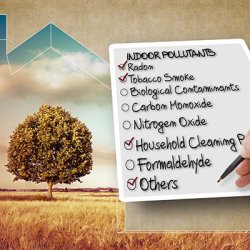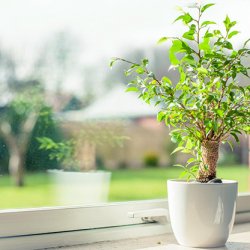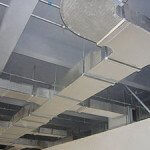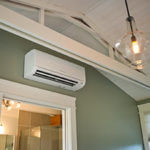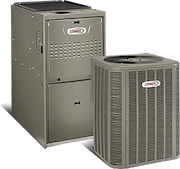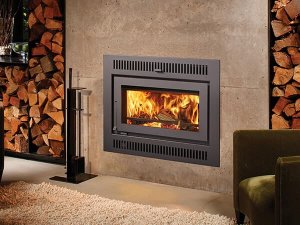
Wood burning fireplaces are a common feature in most homes, and with great reason as well. They are a good source of warmth and comfort, especially during the winter. However, most homeowners do not realize what impact wood burning fireplaces have on indoor air quality. If not careful, wood burning fireplaces can be a cause of poor health to the occupants of the house. How do wood burning fireplaces affect indoor air quality? Read on to find out.
To learn more about indoor air quality and how you can improve indoor air quality in your home, contact Galmiche & Sons. As a leading HVAC company that has been serving St. Louis for since 1950, we have strived to earn our good reputation in St. Louis and the greater region. Our heating & air conditioning experts are well equipped to handle all your HVAC needs. Give us a call today at 314- 993-1110 to learn more or to book an appointment.
Effects of Wood Burning Fireplaces on Indoor Air Quality
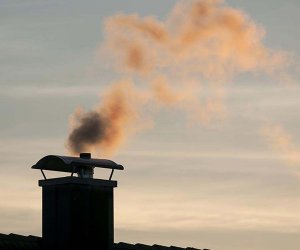
As wood burns in your wood burning fireplace, the wood lets off several bi-products as a result of the combustion. This includes gases and particles of different sizes. These combustion products are the main causes of indoor air pollution.
Carbon monoxide is just one of the dangerous gases produced by wood burning fireplaces. The gas replaces oxygen in the bloodstream when inhaled and can easily lead to asphyxiation. It is, therefore, important to have wood burning fireplaces ventilated properly in order to avoid some serious health problems.
How to Reduce the Effects of Wood Burning Fireplaces on Indoor Air Quality
While many do not want to completely do away with the wood burning fireplace in their home, there are a couple of things that you can do to ensure that your indoor air quality is not affected. Have a look at some of these below.
- Ensure that the wood burning fireplace is in good condition: This entails ensuring that the area is clean and that there are no rust damages or cracks in the bricks. You should also have a fireplace expert check it annually for creosote deposits, which are produced when the wood burns and can cause a chimney fire.
- Make sure that the wood you are using is dry: Wet wood produces more water vapor and smoke and therefore affects the indoor air quality even more. Wet wood also increases the amount of creosote that is produced.
- Do not burn treated lumber in your wood burning fireplace: The chemicals that are used to treat lumber are very dangerous. When burned, they produce toxic gases that affect the indoor air quality in your house and can linger long after the fire is extinguished.
Contact Us for More on Wood Burning Fireplaces and Indoor Air Quality
The quality of your indoor air is very important and wood burning fireplaces can compromise this. Therefore, it is important to have a couple of tips that can ensure clean and healthy are in your home. Our technicians at Galmiche & Sons have all that it takes to ensure that your wood burning fireplace does not affect your indoor air quality too much. From offering tips to installing air purifiers and air cleaners, we have a solution for all of your needs. In the greater St. Louis area, contact us at 314-993-1110 today and let us take care of all your heating & air conditioning needs.



